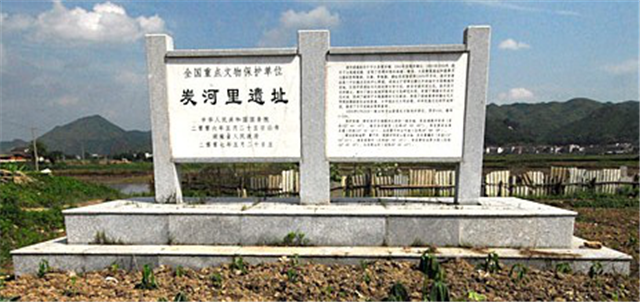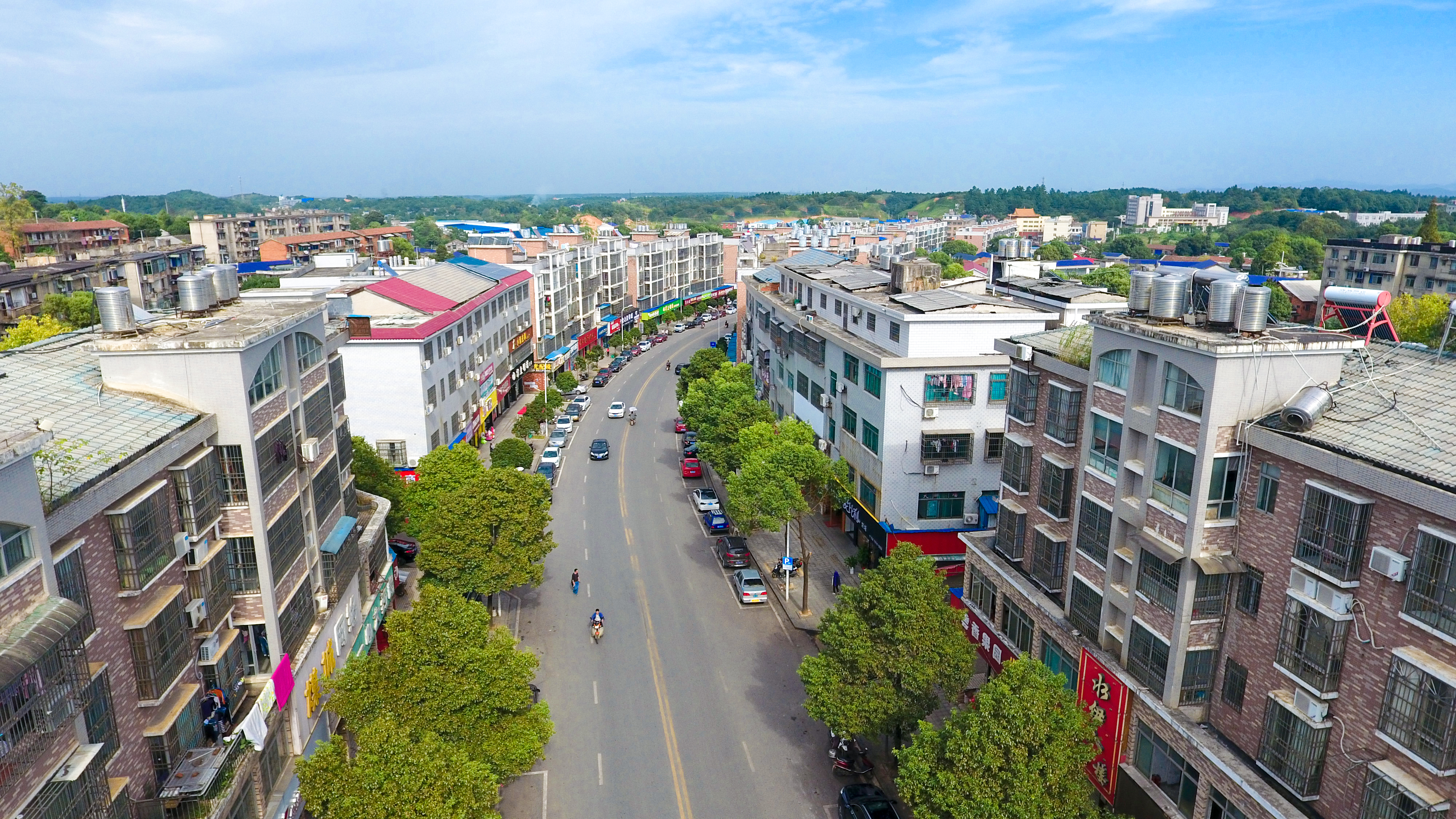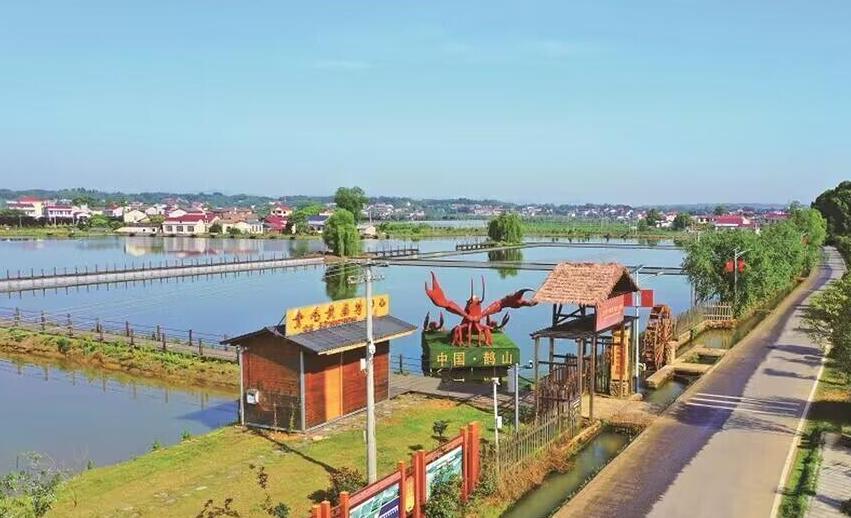Tanheli Site: Filling the historical gap of the Western Zhou Dynasty in Hunan
Tanheli Site in Ningxiang city, Hunan province is the earliest city site of the Western Zhou Dynasty (c.11th century-771 BC) in the southern region of China, and is also one of the rare city sites of the Western Zhou Dynasty nationwide. Its relics have served as unusual historical materials illustrating construction methods of city walls, the trenches and layout of the city and the building style of the palace; they also include a large number of bronzes unearthed from the tombs located outside the city.

The discovery of the site and its culture fills the historical gap of the Western Zhou period in Hunan province and provides a wealth of materials for the study of the economic life, social organization and formation, ethnic migration and cultural exchanges in Hunan and even the southern part of China in the Western Zhou period.
In addition, the discovery and research of the Tanheli culture, represented by the Tanheli Site, has enabled crucial breakthroughs in tracing the source and nature of the long-standing bronze wares of the Western Zhou Dynasty in Hunan, and explains how bronze-age civilization was formed in Hunan. It is also important to the reconstruction of the structural system of Hunan’s local history in the pre-Qin Period (c.2100-221 BC), which is another example of the historical value of the Tanheli Site.

Tanheli Site in Ningxiang city is the earliest city site of the Western Zhou Dynasty (c.11th century-771 BC) in the southern region of China. [Photo/nxiang.net]
The discovery of the site and its culture fills the historical gap of the Western Zhou period in Hunan province and provides a wealth of materials for the study of the economic life, social organization and formation, ethnic migration and cultural exchanges in Hunan and even the southern part of China in the Western Zhou period.
In addition, the discovery and research of the Tanheli culture, represented by the Tanheli Site, has enabled crucial breakthroughs in tracing the source and nature of the long-standing bronze wares of the Western Zhou Dynasty in Hunan, and explains how bronze-age civilization was formed in Hunan. It is also important to the reconstruction of the structural system of Hunan’s local history in the pre-Qin Period (c.2100-221 BC), which is another example of the historical value of the Tanheli Site.

 Ningxiang listed on China’s top 100 counties with comprehensive competitiveness
Ningxiang listed on China’s top 100 counties with comprehensive competitiveness  College welcomes a student of courage
College welcomes a student of courage  Changsha Blue Moon Valley Intelligent Home Appliances Industrial Town
Changsha Blue Moon Valley Intelligent Home Appliances Industrial Town  This is Ningxiang High-tech Zone
This is Ningxiang High-tech Zone 





